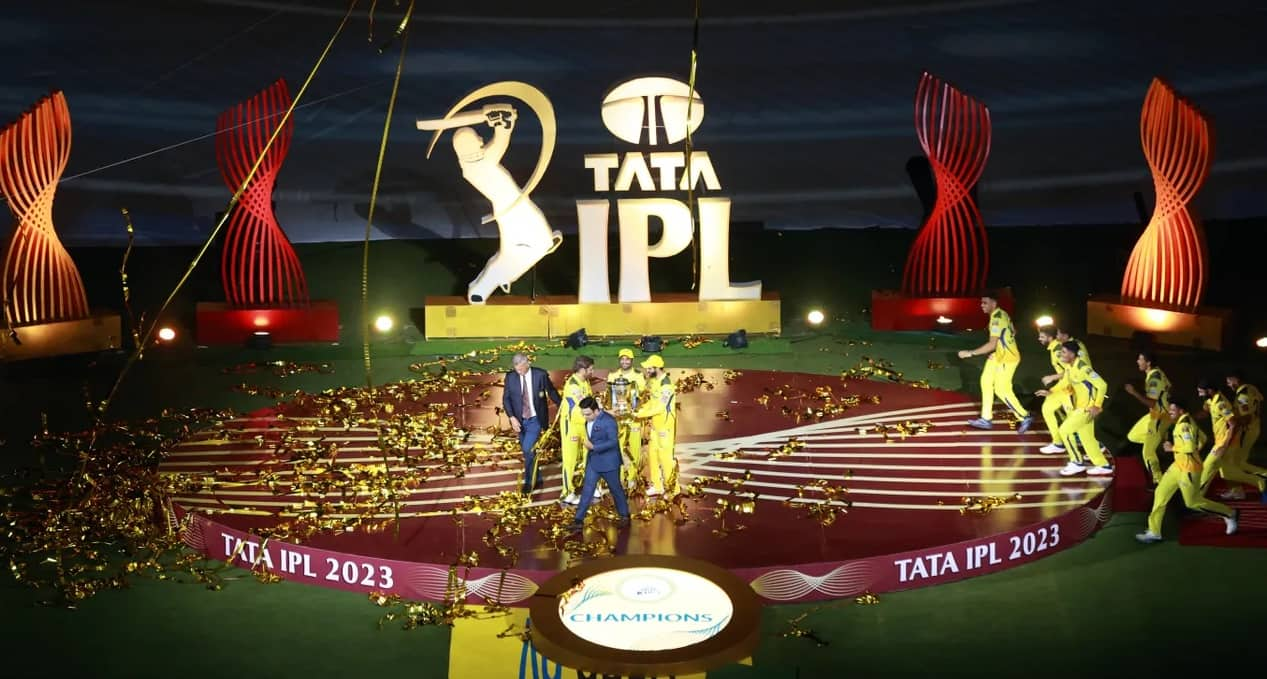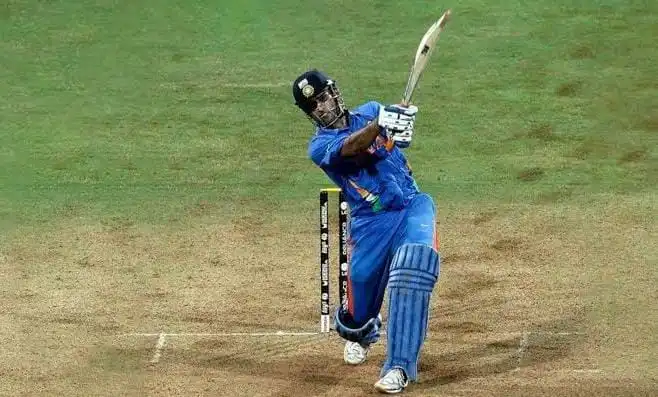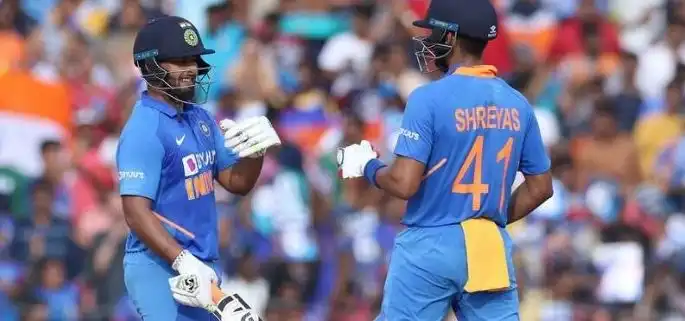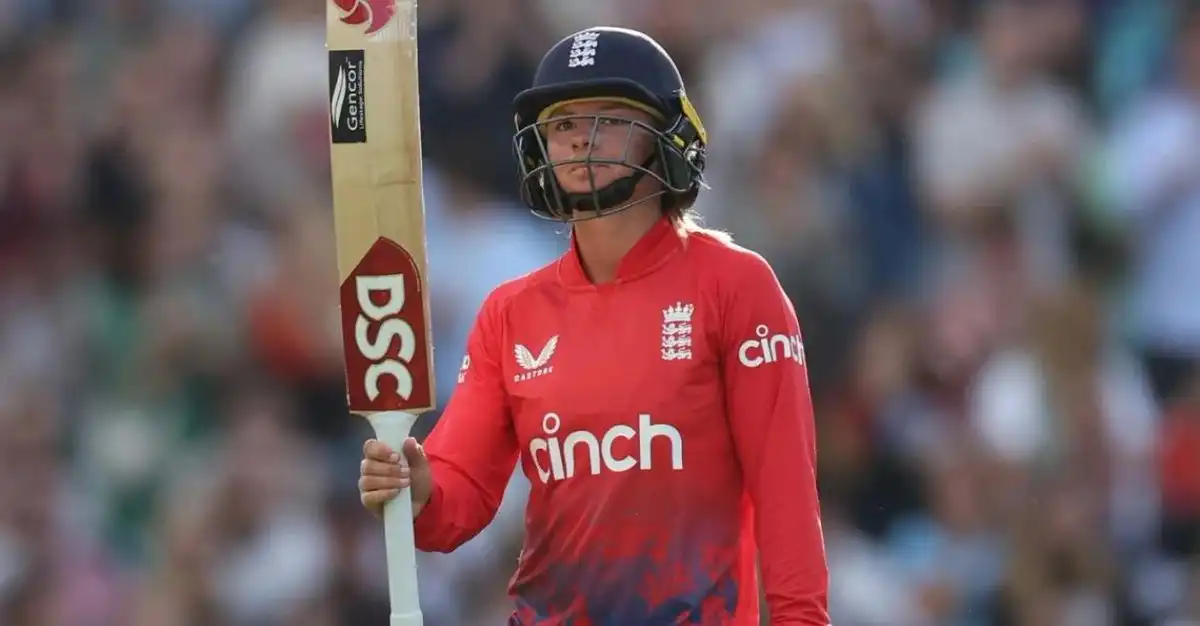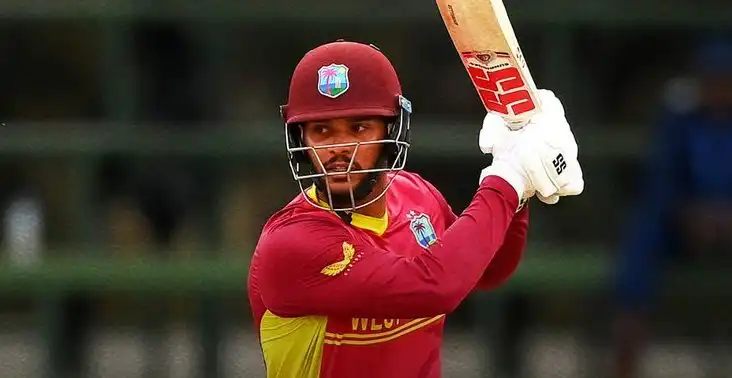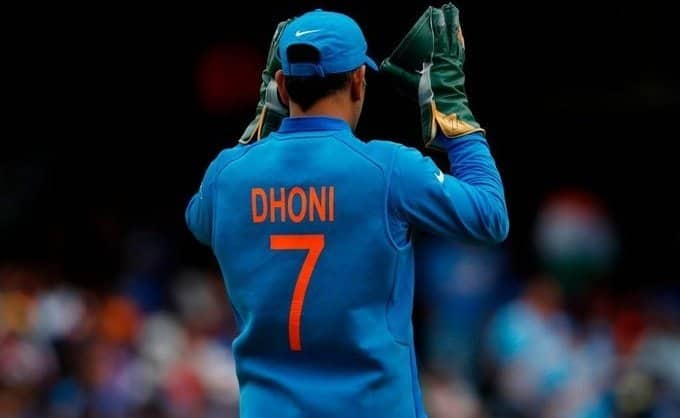 MS Dhoni has three ICC Trophies to his name as the captain of India (Source: Twitter)
MS Dhoni has three ICC Trophies to his name as the captain of India (Source: Twitter)
The name of MS Dhoni is enough to reveal an era of Indian cricket where the team knew how to win trophies. Yes, some will say that one man cannot win a trophy or that a captain is as good as his team, but in the post-Dhoni-era Indian team kept getting better on paper, yet in ten years, we have not seen any other skipper lifting a major trophy for India.
Well, the more good deeds you do, the more critics you earn, and so besides the points mentioned earlier, there is also a point where people point out the shortcomings in MSD's red-ball captaincy. Yet, it was MS Dhoni who took team India to the number one rank in Test cricket for the first time; yes, it was a process that culminated in his era, but once again, after him, two WTC finals, and we are yet to win one. Anyways, one article might fall short in discussing MS Dhoni's contributions to Indian cricket; here, we will look at the man's tactical brilliance. Here are the top seven tactical masterclasses of MS Dhoni as a skipper.
7. A 8-1 field against Australia to change the course of the game
It was the final Test of the series (Australia tour of India 2008), and India was leading the series 1-0. MS won the toss and decided to bat first. India could have made the most of a rather flat track at Nagpur but could not. At the end of the first day, they were stationed at 311 for five, and on a wicket where the team could have gone past 600 easily and batted Australia out of the game, 400 was looking tough to achieve.
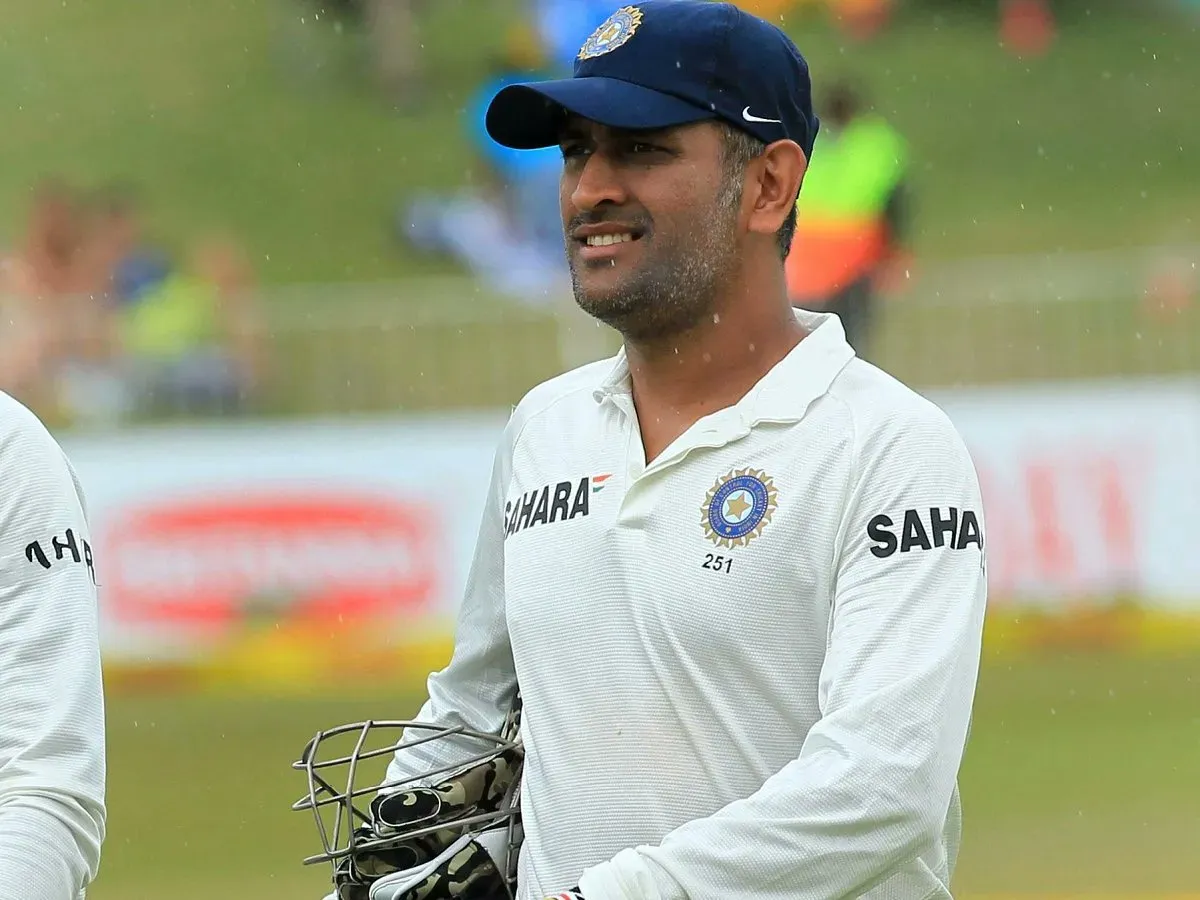 MS Dhoni has an unique strategy against Australia in the final Test of the 2008 Series (Source: Twitter)
MS Dhoni has an unique strategy against Australia in the final Test of the 2008 Series (Source: Twitter)
But MS Dhoni stitched a partnership with Sourav Ganguly and ensured that India reached a respectable total of 441 runs. In reply, Australia started on a great note, and it looked like they would take the game away from the hosts. At the end of day two, Australia were in the driver's seat at 189 for 2.
This was when MS Dhoni devised a unique strategy on day 3. He stationed eight fielders on the offside and asked his bowlers to bowl wide outside the off stump. This started to get into the heads of the Australian batters, and began to suffocate them. They started playing rash shots, and Australia were restricted to 355 runs. In the end, India won the match by 172 runs and the series by a 2-0 margin.
There were some brilliant performances in the match, but Dhoni's tactical changed the game's momentum at an important stage.
6. Handing over the ball to Suresh Raina in an IPL 2011 match against KKR
This was one of the many instances where we witnessed the game-reading prowess and how much he used to trust his guts. CSK batted first and posted an average total of 153 runs in their 20 overs.
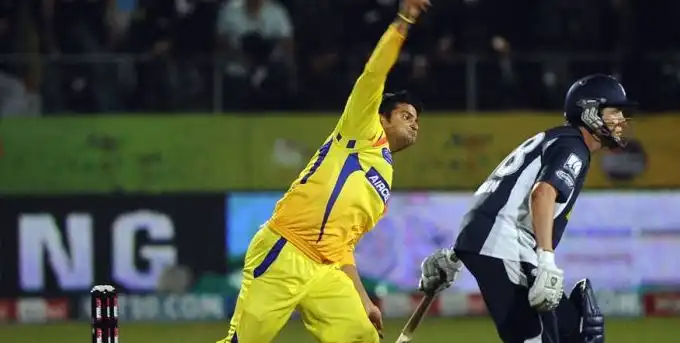 Suresh Raina bowling for CSK (Source: Twitter)
Suresh Raina bowling for CSK (Source: Twitter)
Jacques Kallis gave KKR a solid start in the chase, and they were well on their way to a win. The score was 118 for three at the end of the 16th over, and they needed just 36 more runs off 24 balls. With Eoin Morgan out there and Gautam Gambhir still to come, the game was well in KKR's favour.
At this stage, MS turned to Raina for an over, and it was his first of the match. On the second delivery of the over, the Raina-Dhoni duo got rid of Morgan as he was stumped off an away going delivery. This put the new batter, Gambhir, under pressure, and he misjudged a second run on the fourth delivery of the over and was run out. These two wickets turned the game in favour of CSK, and in the end, a brilliant final over by Tim Southee meant that they emerged victorious by two runs.
5. Using Ravichandran Ashwin as the opening bowler against Gayle in IPL 2011 final
It was the final of the 2011 IPL, and CSK was looking to defend their title. CSK batted first and posted 205 runs in their 20 overs, courtesy of Murali Vijay (95 off 52) and Michael Hussey (63 off 45). While the scoreboard said that CSK might win the match easily, a certain Chris Gayle might have changed the course of the match.
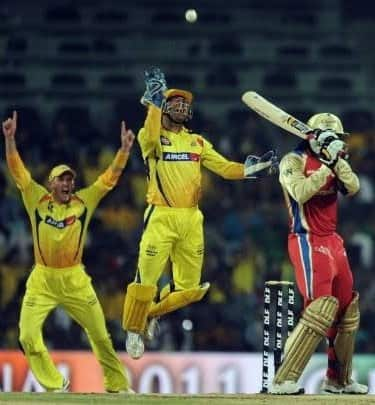 Ashwin dismissed Gayle for a duck in IPL 2011 Final (Source: Twitter)
Ashwin dismissed Gayle for a duck in IPL 2011 Final (Source: Twitter)
The Caribbean was in brilliant touch in the tournament, and if he gave a start to the team in his style, then there was Virat Kohli and AB de Villiers to follow it up. But, MS Dhoni introduced Ravichandran Ashwin in the first over to neutralize the Gayle effect and guess what happened? In the third delivery of the innings, Ashiwn ratted Gayle's stumps, which was 60% of the match for CSK. Ashwin picked up one more wicket inside the powerplay, and even though Kohli and De Villiers tried to battle it out for a while, CSK managed to restrict RCB to just 147 runs and win their second IPL title.
4. Promoting Rohit Sharma to the opening spot
Rohit Sharma is one of the most dangerous openers in cricket of the present times, especially in the limited-overs. Sharma was struggling to establish himself in the middle order when in 2013, MS Dhoni decided to promote him to the opening spot. This was a bilateral series against England, where Rohit opened for the first time and made a good impact.
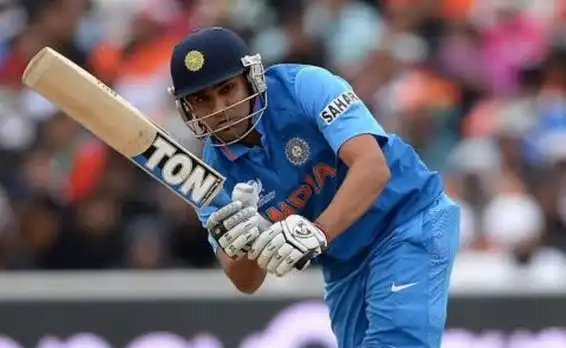 MS Dhoni promoted to the opening spot in 2013 (Source: Twitter)
MS Dhoni promoted to the opening spot in 2013 (Source: Twitter)
MS then trusted his guts, backed Rohit and used him as an opener in the ICC Champions Trophy 2013. Sharma scored 177 runs at an average of 35.40 in the tournament and solved an opening spot crisis for India at that stage.
Later on, Rohit Sharma turned out as one of the best openers in the limited-overs, and that decision by MS changed his career. Once again (for the critics), MS did not bat for Rohit, but the fact that he spotted that Rohit could be a good opener and had the guts to use him at that spot speaks volumes of the man's understanding of the game.
3. Keeping a couple of overs of the spinners intact in the 2013 ICC Champions Trophy Final
In a rain-inflicted match that was reduced to 20 overs, we witnessed MS Dhoni's captaincy brilliance. India batted first in the match and scored a modest 129 runs in 20 overs, courtesy of a calm and composed 43 by a young Virat Kohli.
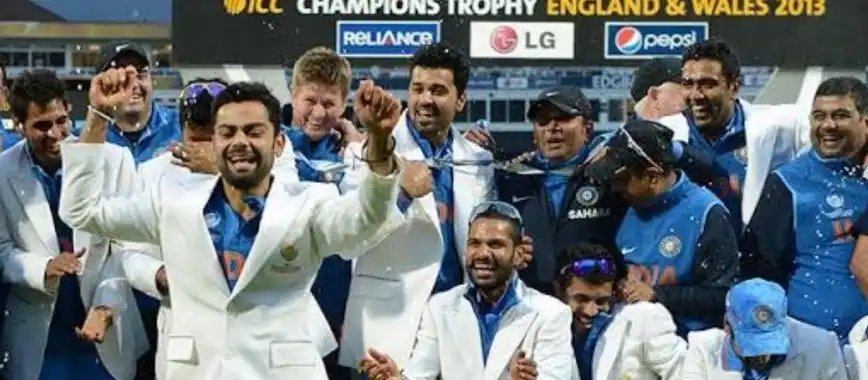 The 2013 Champions Trophy is the last ICC trophy India have won till now (Source: Twitter)
The 2013 Champions Trophy is the last ICC trophy India have won till now (Source: Twitter)
The total looked below average, and the way Eoin Morgan and Ravi Bopara were batting in the chase, it looked like England would easily win the match. But MS read the pitch pretty nicely and knew it was slow, and the new batters will struggle to score the runs. Even when Morgan and Bopara were running away with the match, he kept calm and waited for a wicket to fall.
Dhoni kept the final two overs for his spinners Ashwin and Jadeja as he understood the situation well. England lost Morgan and Bopara in the 18th over, and things fell into place for India and MS. In the end, Jadeja and Ashwin did the job for their captain, and India managed to win the match by five runs.
2. Using Joginder Sharma in the final over of the 2007 T20 World Cup
Many would say that this was a fluke that clicked for MS, but if you look into the depths of it, the decision was well strategised.
India batted first in the final and scored 157 runs in their 20 overs, with Gautam Gambhir top-scoring with 75 off 54. In the last over, Pakistan needed 13 runs to win with one wicket.
 India won the first ever T20 World Cup in 2007 (Source: Twitter)
India won the first ever T20 World Cup in 2007 (Source: Twitter)
At this stage, MS had two options- going with the experience of Harbhajan Singh or trusting his guts on the relatively inexperienced Joginder Sharma. Misbah ul Haq was looking dangerous at this stage and had already taken a toll on Harbhajan in an earlier over. MS also thought of the shorter boundary that Misbah would have access to if Harbhajan came into the attack.
As a result, Dhoni turned to Joginder Sharma, and we all know what happened about 10 minutes after that decision. India won the match by five runs and became the first champions of the T20 World Cup.
1. Trusting Yuvraj Singh ahead of the ICC World Cup 2011
After 12 years of India winning their last ODI World Cup, we often come across the notion that MS Dhoni stole the credit from Yuvraj Singh for the trophy.
But let me tell you something, Yuvraj Singh had only two half-centuries in 18 innings leading into the tournament. At that stage, not only the selectors, the whole country was behind Yuvi's spot for the 2011 World Cup.
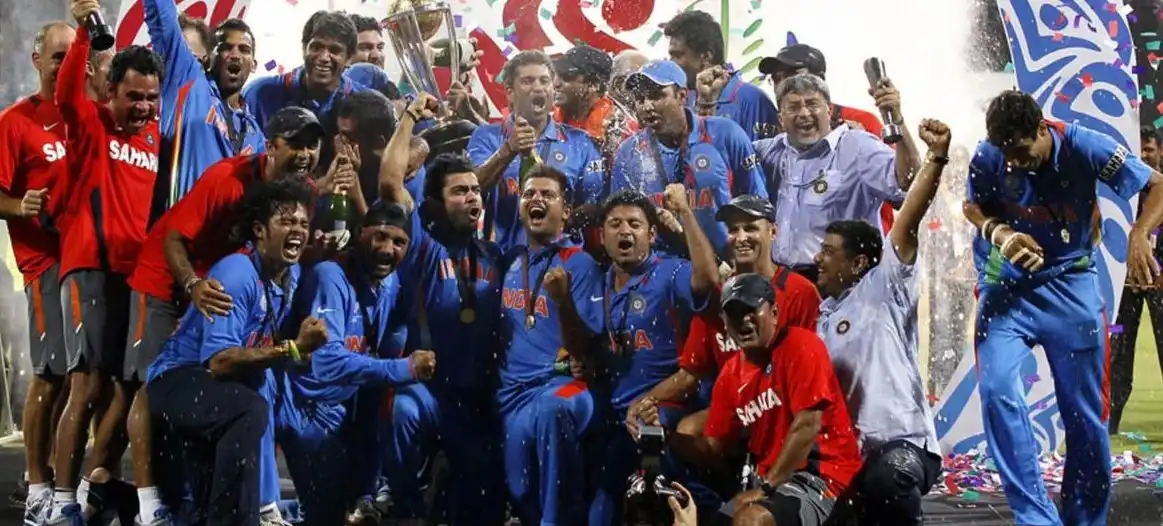 Indian team after winning the 2011 World Cup (Source: Twitter)
Indian team after winning the 2011 World Cup (Source: Twitter)
MS Dhoni, the skipper of the Indian team, backed Yuvi and declared that he needed the bowling of Yuvraj and believed that he would be the most valuable player for the team. Need I say how Yuvi performed in the tournament? So, this proves how perfectly MS analysed his team for the conditions of the tournament.
This also shows us that the proverb - 'A captain is as good as his team' is true, but it is that captain who backs the players and makes the team. The bowling depth of the team became better after Dhoni but still no ICC trophies in 10 years.
Even the strongest haters should agree that the pace bowling unit developed after the Dhoni era, and he did not have that much firepower in this department. But despite all this, MS won three ICC tournaments in three different nations. So even if MS was not the top scorer for India in those tournaments, he had a certain skill of bringing the best out of his players by backing them, which certainly filled up the Indian trophy cabinet.
